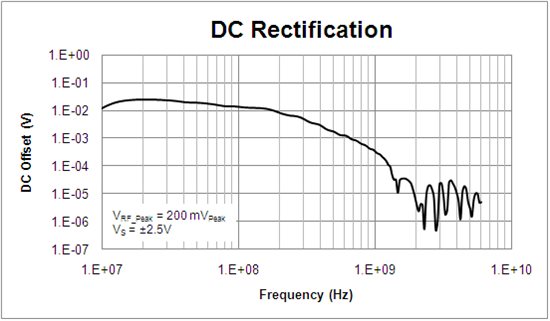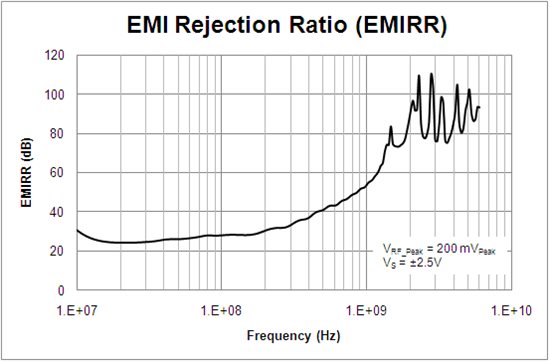Hello,
I have a legacy design based on OPA27. The circuitry is prone to RFI rectification problem in high MHz and GHz band. I am planning to replace OPA27 with recommended OPA227. Is it also susceptible to RFI? Is it CMOS or BJT based? Please advise.
Thanks,
Vlad



